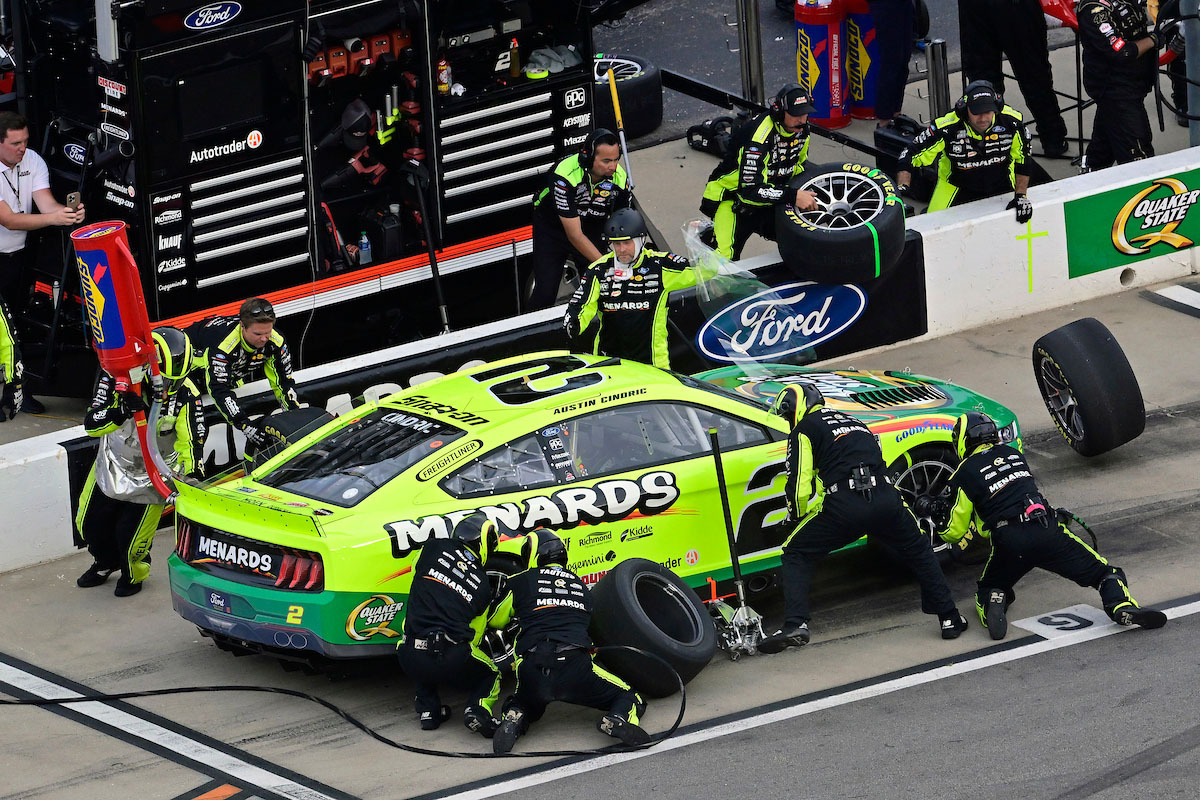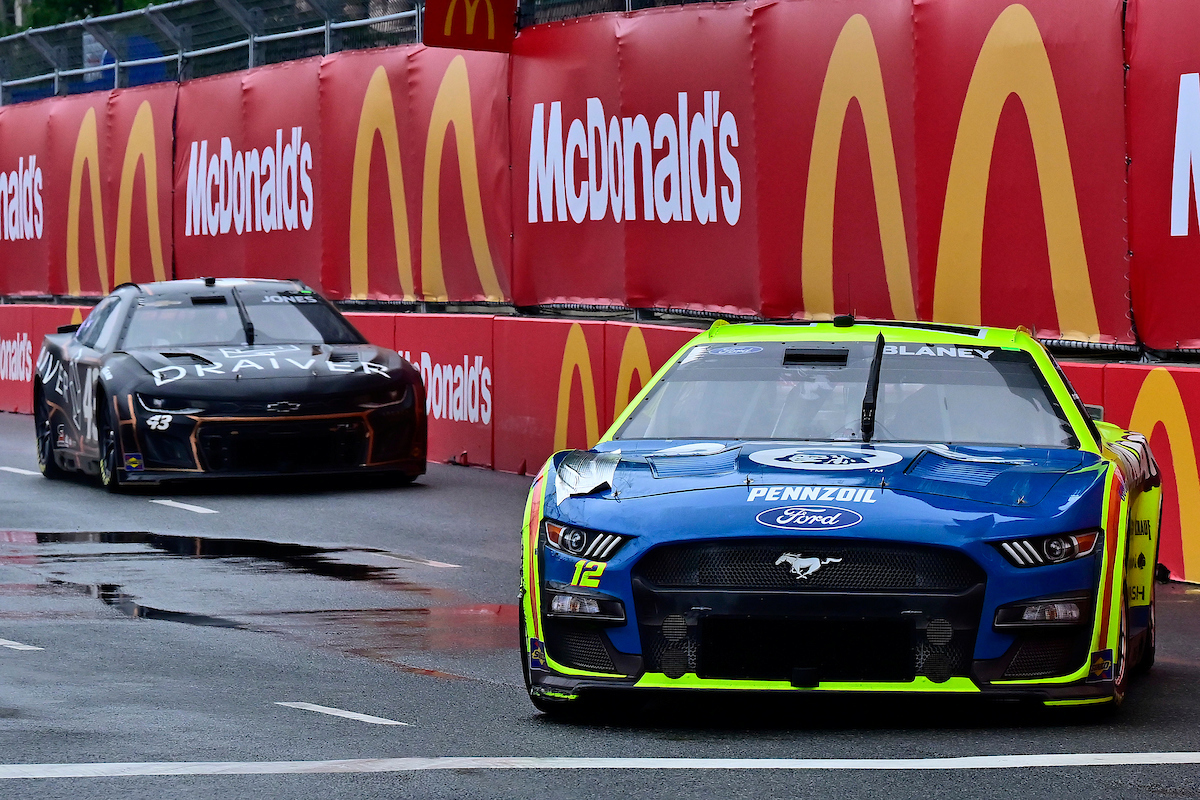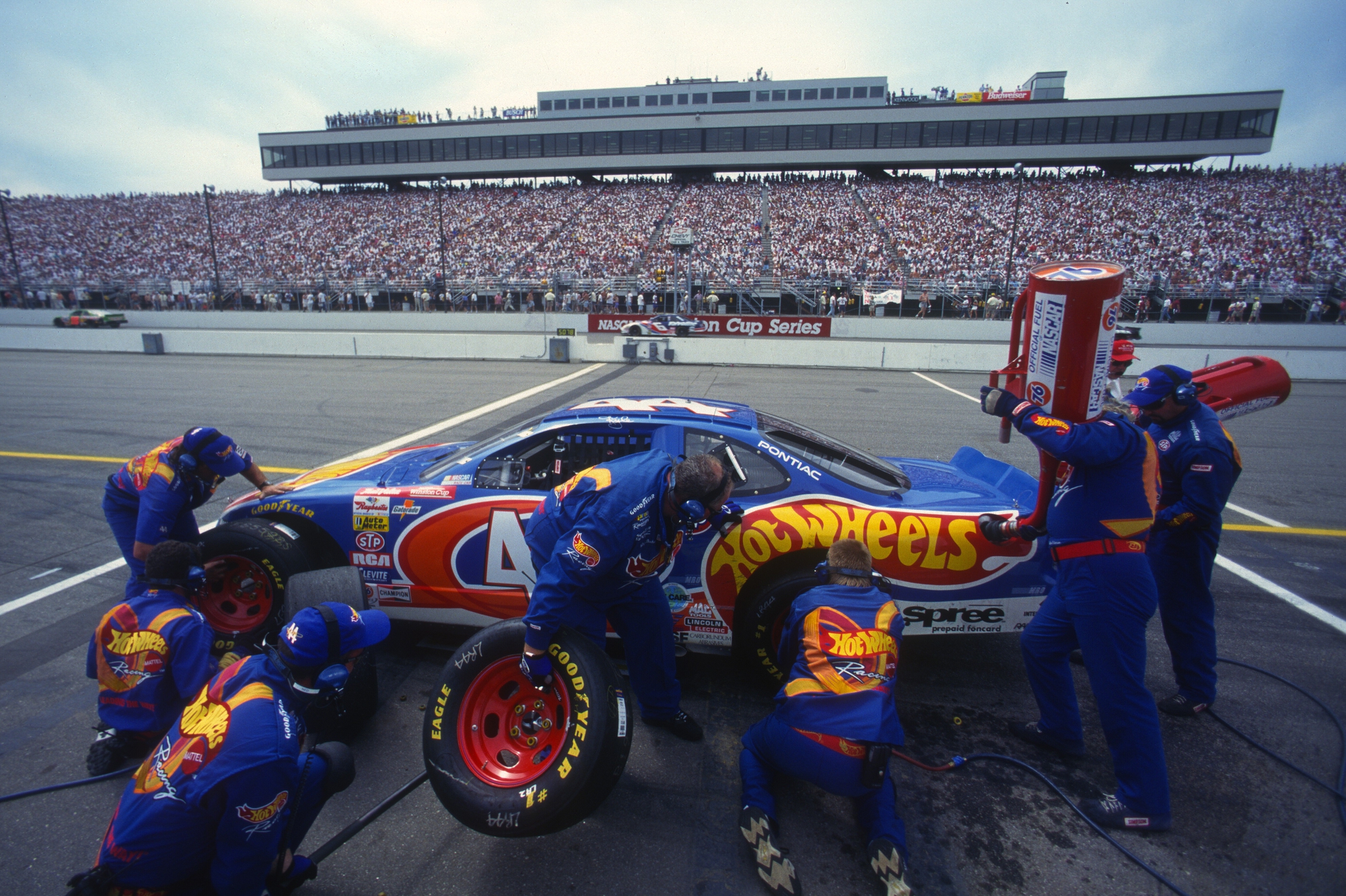Are NASCAR engines fuel injected?
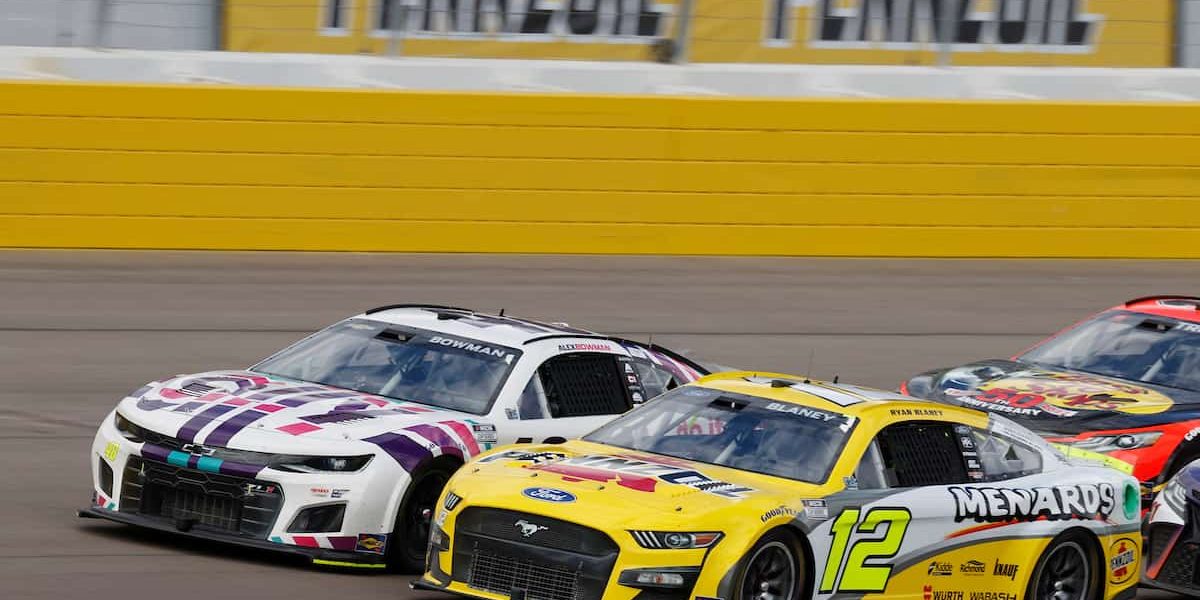
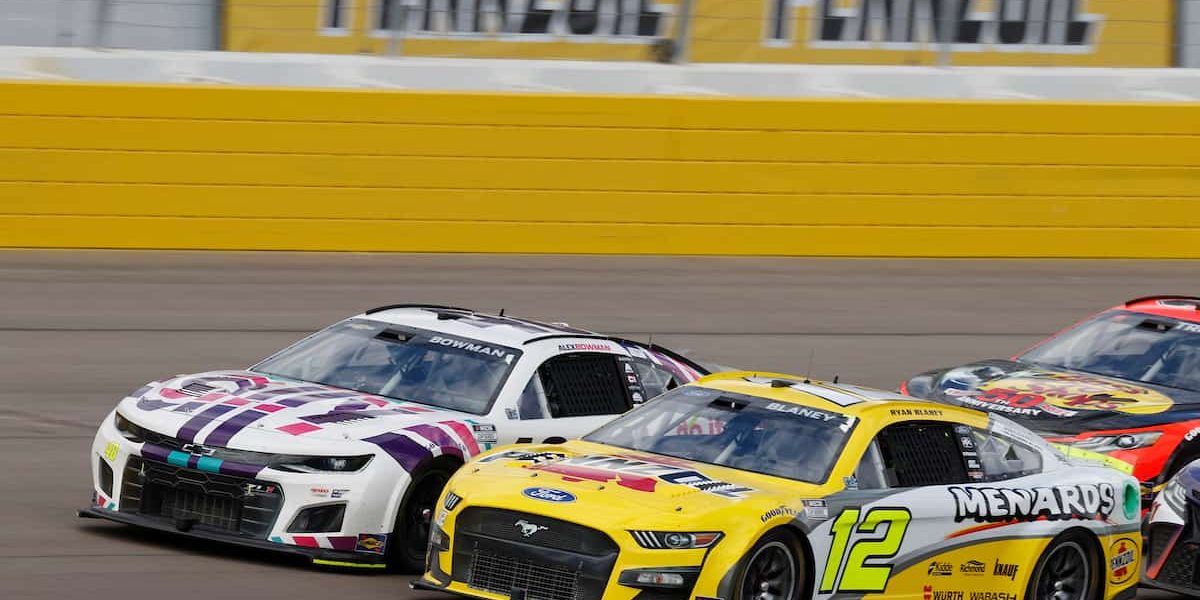
NASCAR introduced fuel injection in vehicles only in 2012. The Xfinity Series and Truck Series cars still use carburettors. Fuel injectors and carburettors are devices that supply a mixture of air and fuel to the engine. Fuel injection gives better fuel utilisation than carburation and improves the efficiency of the engine. Fuel injection as a result is a more environmentally friendly method of supplying fuel.
Why did NASCAR defer the adoption of fuel injection in race cars till 2012? What is carburation and how does it differ from fuel infection? Are there financial implications in adopting fuel injection over carburation? What are the advantages and disadvantages of the two methods of supplying fuel mix to the engine? This article will seek to address these and other questions.
Table of Contents
What is a carburettor?
A carburettor is a device that supplies a mixture of air and fuel to the combustion engine. Air has to be mixed with fuel as fuel burns only in the presence of air. The carburettor was invented in the early 19th century and was used in the automobile later that century. They were used in the US almost till the end of the 20th century. Most cars now use fuel-injected engines.
Carburettors work on a very simple principle of physics although they make look complex. A carburettor consists of a tube-shaped like an hourglass although the neck is not as narrow as an hourglass’. Just above the neck, is an inlet for the fuel from the mini fuel tank, called the float-feed chamber. The exit of the tube is connected to the engine. The engine burns the mixture of air and fuel supplied by the carburettor and produces power. Two valves at either end of the tube complete the carburettor.
How does a carburettor work?
The carburettor works on the “venturi effect” which in turn is governed by the “Bernoulli equation”. To keep the technicalities aside, the air speeds up through the narrow passage (venturi) and expands again in the wider chamber. When the air expands its pressure drops. The pressure drop is controlled by the inlet valve connected to the gas pedal.
When the gas pedal is pressed it opens the inlet valve causing air to rush into the first chamber. This air passes through the venturi and enters the second chamber, rapidly losing pressure. This drop in pressure sucks the fuel via the fuel inlet pipe from the float-feed chamber. The mixture of air and fuel is sucked into the cylinders of the engine in the form of a fine spray.
As the level of fuel decreases in the float-feed chamber, the float drops opening the inlet of the fuel. More fuel flows into the chamber from the fuel tank causing the float to rise. The rising float blocks the inlet till it is fully closed. This mechanism maintains a constant level of fuel in the float-feed chamber. The valve at the entry of the fuel is called the choke valve.
When the accelerator pedal is pressed, more air is let into the carburettor This, in turn, sucks a proportionate amount of fuel from the float-feed chamber. The more the accelerator pedal is pressed, the larger the volume of air/fuel mix injected into the engine. Thus the power output increases or decreases depending on the amount of pressure applied to the gas pedal.
What is Electronic Fuel Injunction?
The function of Electronic Fuel Injection (EFI) is the same as that of a carburettor. Namely, it supplies a mixture of air in the correct proportion to the engine so that the fuel can be used to the optimum. This gives an engine better efficiency and longer life. But an Electronic Fuel system is far more complex than a carburettor. It allows the car owner to control and manipulate more parameters than just the airflow into the carburettor.
An Electronic Fuel Injection system uses electronics and a high-pressure pump to spray fuel into the engine. There are different ways in which fuel is injected into the engine. Direct injection systems inject the mixture directly into the engine cylinders. Port injection systems spray the fuel into the intake valve which lets the fuel into the combustion cylinders. Both the electronic injection systems have their pros and cons.
An EFI is fully electronically controlled although the driver can give commands to the system mechanically by the pressure he exerts on the gas pedal. When the gas pedal is pressed, the electronics of the EFI take over instead of the mechanical operation of a carburettor. This process has more control over the proportion of air and fuel in the mixture injected into the engine. The system also has its disadvantages.
Which system is better: Fuel Injection or Carburetion?
Both systems serve the same purpose but operate in entirely different ways. Which is a better system and why? A fuel injection system gives the car owner control over more parameters than a carburettor system. Fuels used in car engines ignite and burn in the presence of air. To get maximum energy output from an engine, the ratio of air and fuel supplied to the engine has to be ideally around 14.7:1.
Atmospheric conditions can change the pressure and density of air and fuel. Air and fuel will expand in hot conditions and at higher altitudes. The reverse is true for lower altitudes and colder conditions. Carburettor settings cannot be changed all the time. To adjust carburettor settings, the car has to be partially dismantled which cannot be done while a car is moving.
An EFI system has sensors measuring the temperature and atmospheric pressure which are monitored by the electronics. The closed feedback loop of the electronics continually monitors and adjusts the setting on the fuel injecting system. The system ensures that the engine gets the right ratio of air/fuel mixture to keep the engine’s efficiency at the maximum at all times.
Both the systems of fuel injection, the intake valve injection system and the direct injection system, have their advantages. The intake valve injection system has a cooling and cleansing effect lengthening the life of the engine. The direct injection system directly injects the fuel into the engine, controlling the air/fuel proportion better. An engine has with a direct fuel injection system better efficiency and prolonged life.
Direct injection systems allow better control of fuel to air mixture. Sensors can measure the temperature of the fuel and the atmospheric air. There are also sensors monitoring the pressure of the two. These sensors allow the direct fuel injection system to inject the right amount of air/fuel into the cylinders. The correct proportion of air/fuel mix prevents engine knock. Knocking can damage the engine and shorten its life.
The systems can also be installed individually on each cylinder giving better control of the mixture for every cylinder. Fuel injection systems increase engine efficiency and minimise fuel wastage. They are also environment friendly because fewer toxic substances are emitted through the exhaust. But they come at a high cost to the car owner.
Not only are fuel injection systems costly, but their maintenance cost is also prohibitively high. Carburettors work mechanically and can be repaired by a driver or a mechanic. Fuel injection systems need an expert to work on them if they are faulty. This also means that teams have to recruit, train and maintain a mechanic/technician to tune and maintain a fuel injection system.
To sum it up, an EFI system ensures optimum use of fuel and improves engine efficiency and life. Repairing a faulty carburettor may cost a few hundred dollars but the cost of repairing an EFI could run into thousands of dollars. EFI systems are also environmentally friendly as the engine emits less toxic gasses and substances into the atmosphere.
Why did NASCAR delay the adoption of EFI?
NASCAR is one of the most popular motor car racing sports in the world. It commands a large audience in North America and not less in the rest of the world. It is surprising that NASCAR waited till 2012 to use EFI in its racing cars. Even now, the Xfinity Series and Truck Series cars race with carburettors supplying fuel to the engines.
The trouble started with the introduction of the Chevrolet in 1957. Not many models were produced but several NASCAR teams purchased the mechanical fuel-injected cars. Bill France Jr., the then President of NASCAR, noted that these cars easily outperformed the other competing cars. This was affecting the competition and teams with lesser resources were reluctant to compete.
The price of a mechanical fuel injection car was prohibitive and maintenance costs were even more so. Bill France Jr. banned cars with fuel injection systems in 1957 and stipulated that carburettors should be the only means of fuel delivery. That ban on fuel injection stood till 2011. Fuel injection systems were adopted in streetcars in the 1980s but NASCAR delayed their adoption till 2012.
As fuel injection systems developed and were adopted in street cars the costs of fuel injection systems started decreasing. The clamour for environmentally friendly motor racing also exerted pressure on NASCAR. NASCAR reluctantly agreed to allow EFI systems midseason in 2011. But the plan was deferred and NASCAR cars started using EFIs in 2012.
Are EFI systems better for NASCAR cars?
Despite the high costs involved in switching to and maintaining EFI systems, they have pros that outweigh the cons. NASCAR races have seen far fewer retirements due to fuel injection system failures since they were introduced. Retirements due to engine failures have also come down drastically. That in itself is argument enough to refrain from using carburettor fed engines.
Carburettors could be adjusted by mechanics to suit the cars, drivers and tracks. A carburettor allows the mechanic to make 24 adjustments. EFI systems allow a mechanic/technician to make over 150 adjustments to the systems. Most of the adjustments that have to be made to the system can be made electronically. An EFI system can be optimised to get maximum efficiency and environmentally friendly performance from the engine.
Are NASCAR engines fuel injected? – The Conclusion
It may be argued that NASCAR, being one of the last regulators of top motorsports in the world, has lagged in adopting EFIs. But motorsports cannot survive if the costs of the cars keep on increasing, This will greatly affect the less wealthy teams, decreasing competitors, and therefore popularity of the sport.
NASCAR did well to adopt the EFIs in their competing cars in 2012. It is hoped that the Xfinity Series and the Truck Series cars will soon join the fray.






